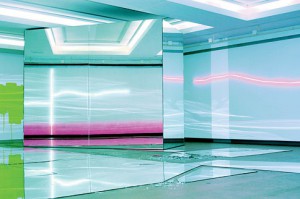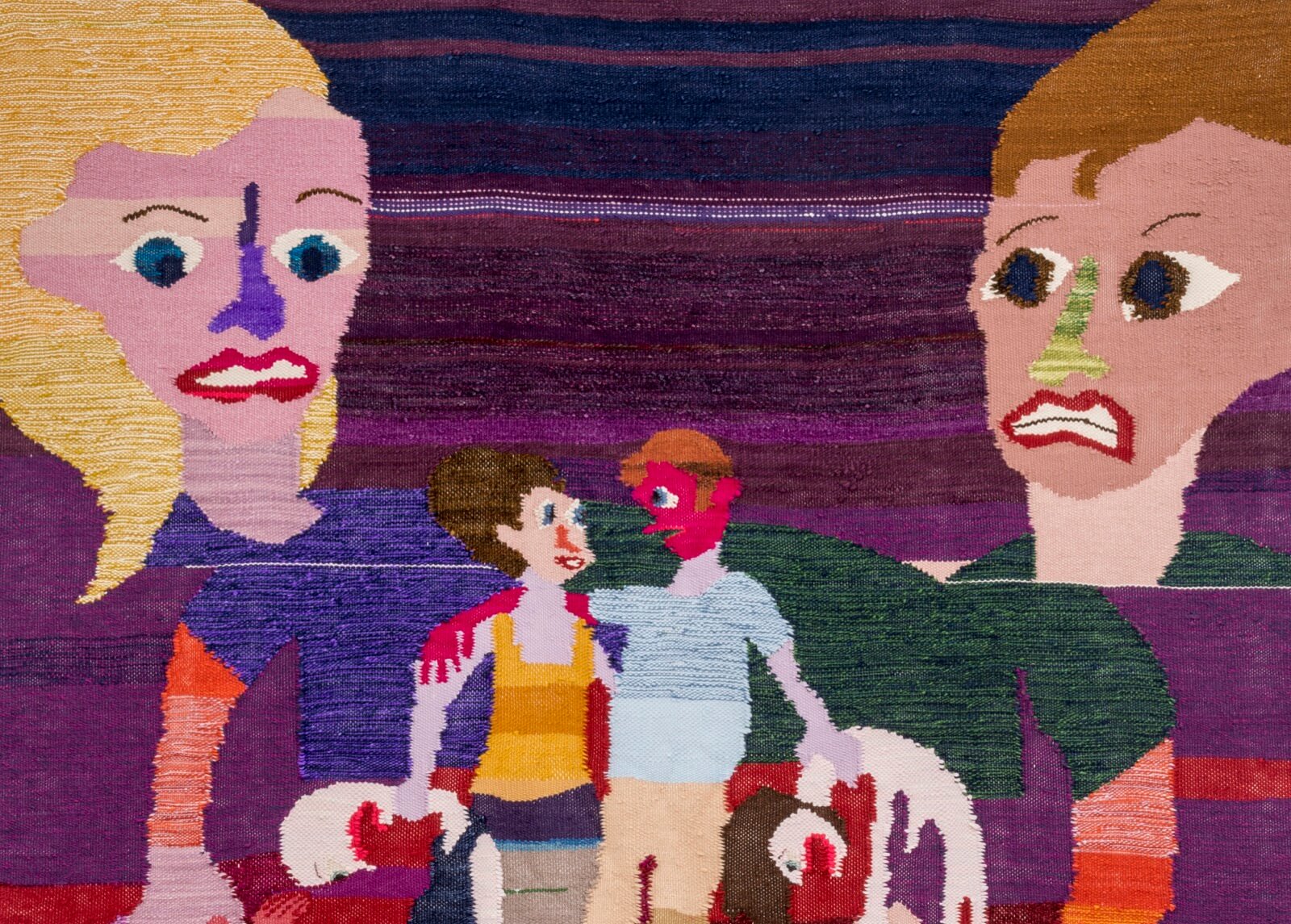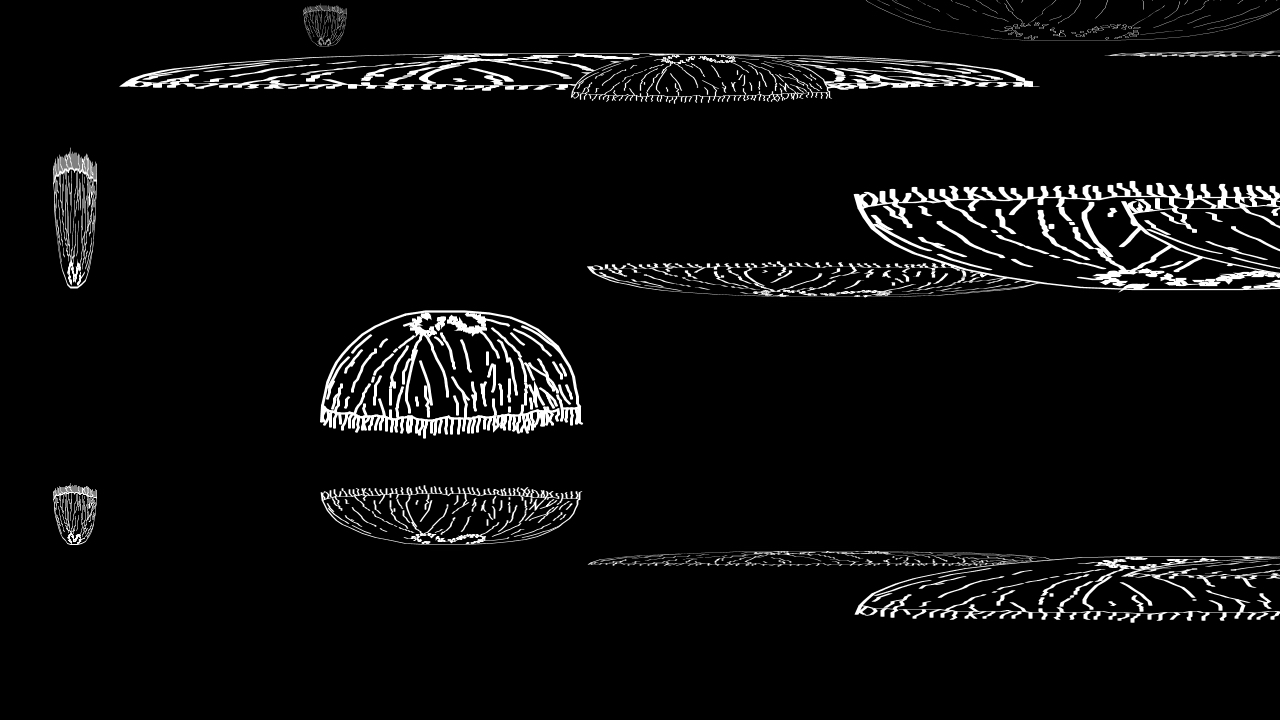A month and a half ago, I began my internship at the Swiss Institute of Contemporary Art in TriBeCa. Started in the 70’s by a group of Swiss expatriates, the Swiss Institute aims to maintain an artistic cultural exchange between Europe and the United States, and to foster forward-thinking and experimental art making through innovative exhibitions and programs. The biggest aim of the institution is to explore how the Swiss national perspective, applied to the international artistic dialogue, can influence new forms of all kinds of art creation and expression. The institute is extremely interdisciplinary, with works and exhibitions ranging from the plastic arts, to film making, to performance, to writing, to architecture and design. They seek to expose under-represented perspectives and showcase emerging artists, while occasionally catalyzing new contexts for celebrated and historical work.
I signed on to the job as a curatorial intern, not quite sure what to expect. I had never done an internship in the arts before, though my studies had always taken me around the periphery of the field. After trying journalism, PR, marketing, and advertising, I realized that art was the thing that made me the happiest, and was the course that I wanted to chart my life by. I had tons of experience, but no experience that was specifically relevant to a curatorial internship. Even my knowledge of art history was limited at best to a hodgepodge of different classes and my own personal interests. I was attracted to the Swiss Institute as an employer because unlike other posh galleries in New York City, the Swiss Institute is a non profit. That gives them a bit of a more feet-on-the-ground perspective to the art business and priorities than align closer to those of the artists than the economic forces that drive the art market. Also, the office was very small (only seven people), so I knew that I would get to work closely with different people and get to work on a variety of different projects.
My duties at the Swiss Institute are pretty straight forward. Right off the bat, I have the classic intern responsibilities: answer the phones, respond to e-mails received to the main Swiss Institute account, handle RSVP lists for public programming events, sit in the gallery and answer any guest questions about current exhibitions, and just generally be helpful. The best part about the job is that everyone works in one big room together. This means that whenever I have an issue or a question, someone is right there to answer it. Also, our big office is also our meeting room, so when the curator has meetings with artists, or the development director has meetings with potential sponsors or partners, I get to overhear all of it. This is awesome, because I get a glimpse at everything that the Swiss Institute is working on, not just what I’m working on, which has given me a “big picture” view of how a non-profit arts institution works. This is really helpful, because it gives me a better gauge for the projects that I’m currently working on to know what the Swiss Institute will be exhibiting a year from now (think, big name contemporary artist curating a show on a big name pop artist from the 60’s! My NDA won’t allow me to say anything more than that…).
While part of my day is a bit boring, scanning documents and doing just general office upkeep, I and the other interns are entrusted with helping out on larger curatorial projects aimed at getting us accustomed to the curatorial cycle and the vision of the Swiss Institute. Currently, the Swiss Institute is working from a temporary location in TriBeCa before moving to a new, permanent location at the corner of 2nd Avenue and St. Mark’s Place. The first project that I worked on was to present the curatorial team with a dossier of artists to be considered to commission works from for the rooftop space at the new building. This was a big deal to me, because it showed that they respected my taste enough to consider my suggestions for potentially permanent installations. This was an experiment, but also a test: having never done any curatorial work before, this was really my chance to make a good first impression while also showcasing my curator’s eye and ability to think strategically and the future.



I tried to add a variety of artists to the list, and to meld my own taste with the praxis of the institution. The artist’s I presented to the team had to have alternative or under represented viewpoints, could not be too big within the framework of Western Art Institutions, and had to fit well in the context of a rooftop space on St. Mark’s Place. I suggested a few well-known artists, such as Lori Hershberger whose immersive neon installations seem to represent a ubiquitous facet of urban life, and a few emerging artists, such as Dimitri Hertz whose Swiss Cheese inspired sculptures earned him a place as a Socrates Sculpture Park Fellow. After two weeks of slaving over this list—compiling CV’s, rounding up images of my favorite installations, and coming up with page long arguments as to why I think the Swiss Institute should consider each artist—I finally had a list of 15 artists that I sent to the associate curator. Due to my inexperience, I was definitely a bit insecure about my choices. I’m not sure if any of the artists I suggested will be selected, but the curators seemed to really like the work I did.


What I’ve learned, more than anything else, is that there are a lot more factors that go into working with artists besides just liking their work. The artists also, obviously, have to be willing to work with you. The timing has to be right, as many well-known and recently discovered artists are incredibly busy, and the money has to be right too. Further, what represents an artist’s past work doesn’t necessarily have any relationship to what their future work will look like. From reading Hans Ulrich Obrist’s Ways of Curating, I’ve learned the important lesson that it is not the curator’s job to force work out of an artist, but to facilitate the artist’s vision. Curators are not artists, and it is important to remember that fact. Curator’s are servants to others, their aim should be to bring the dreams of others to fruition and to foster dynamic relationships and conversations between disparate elements. If they accomplish their own visions in the process, that’s just a bonus.



